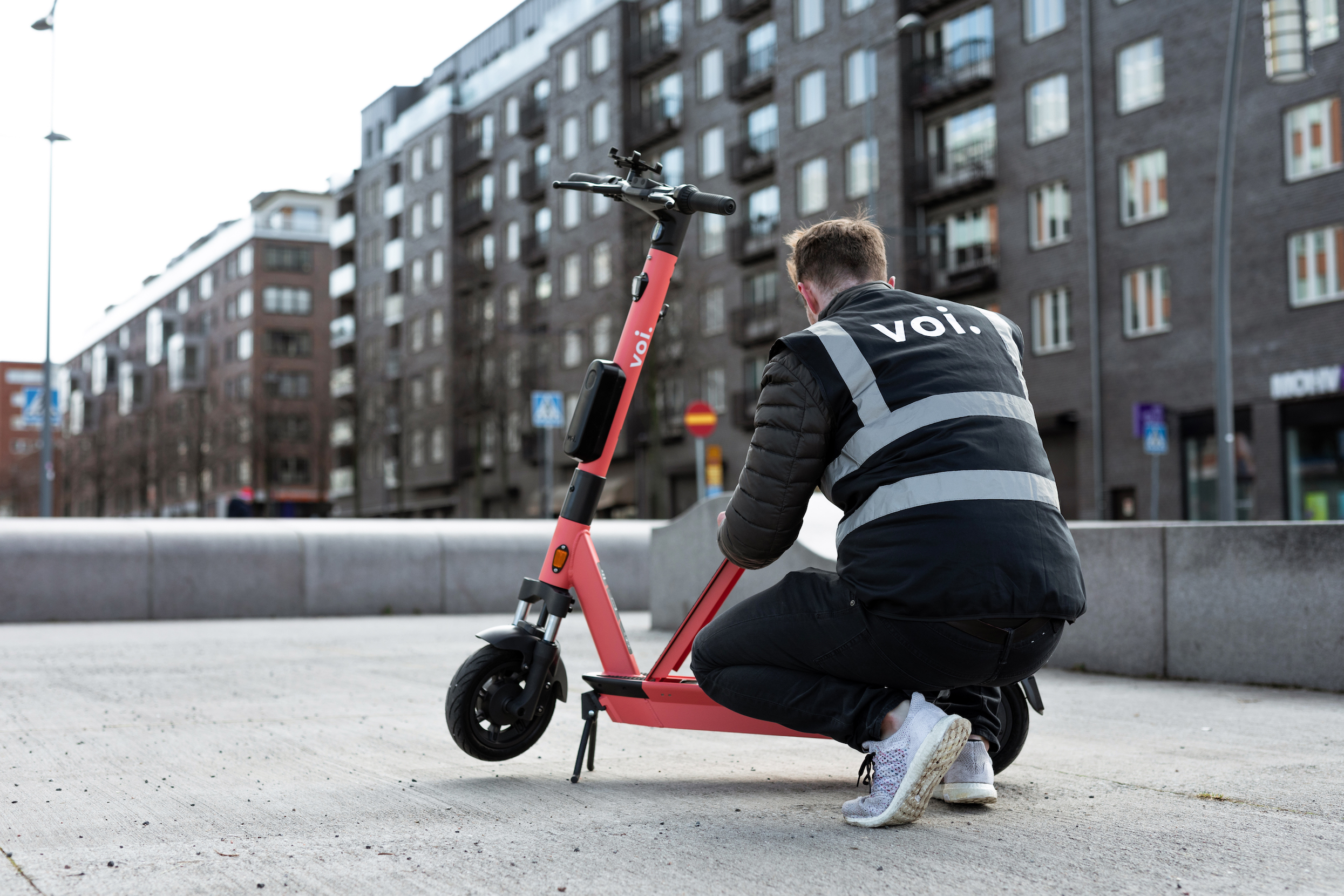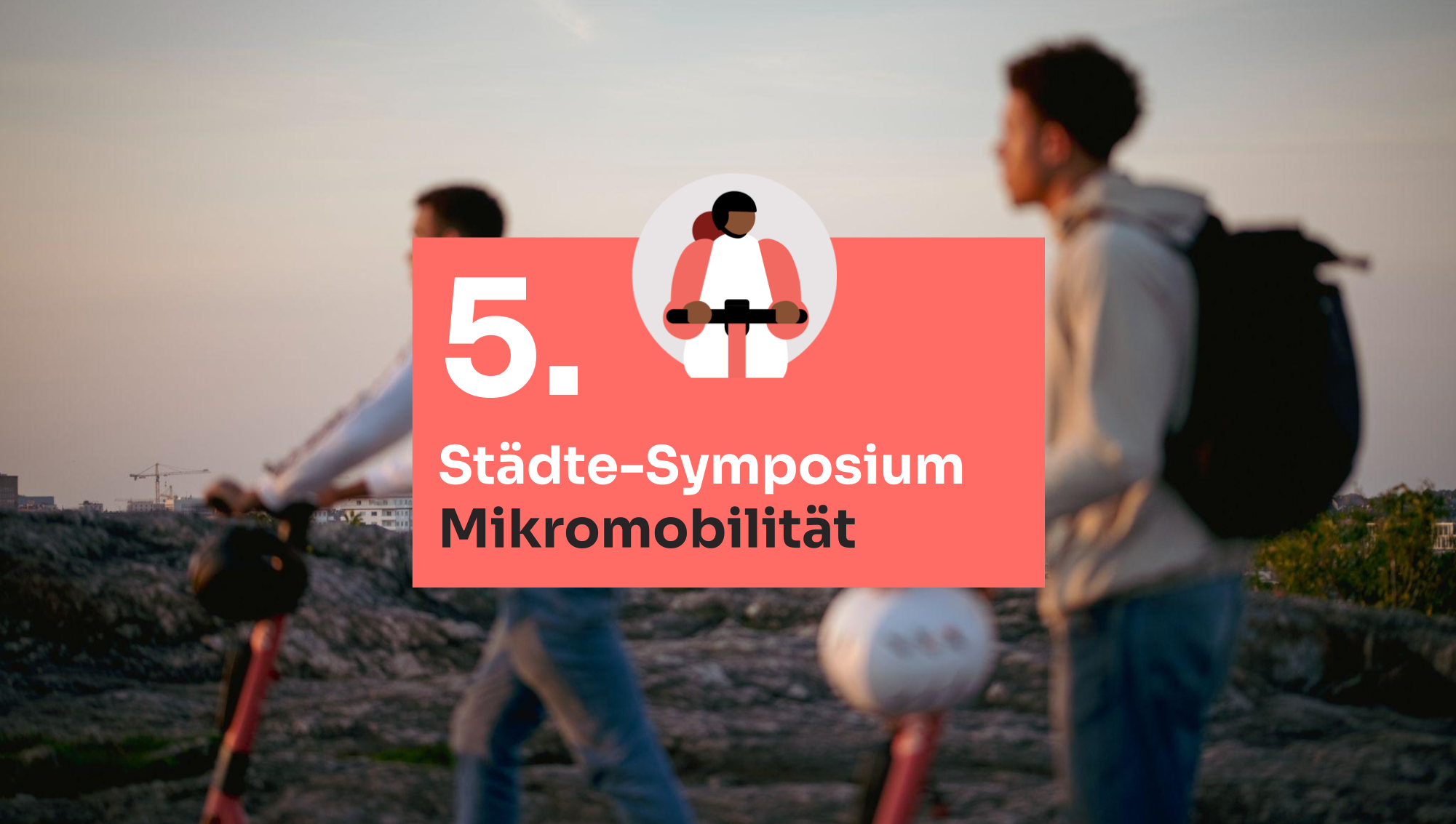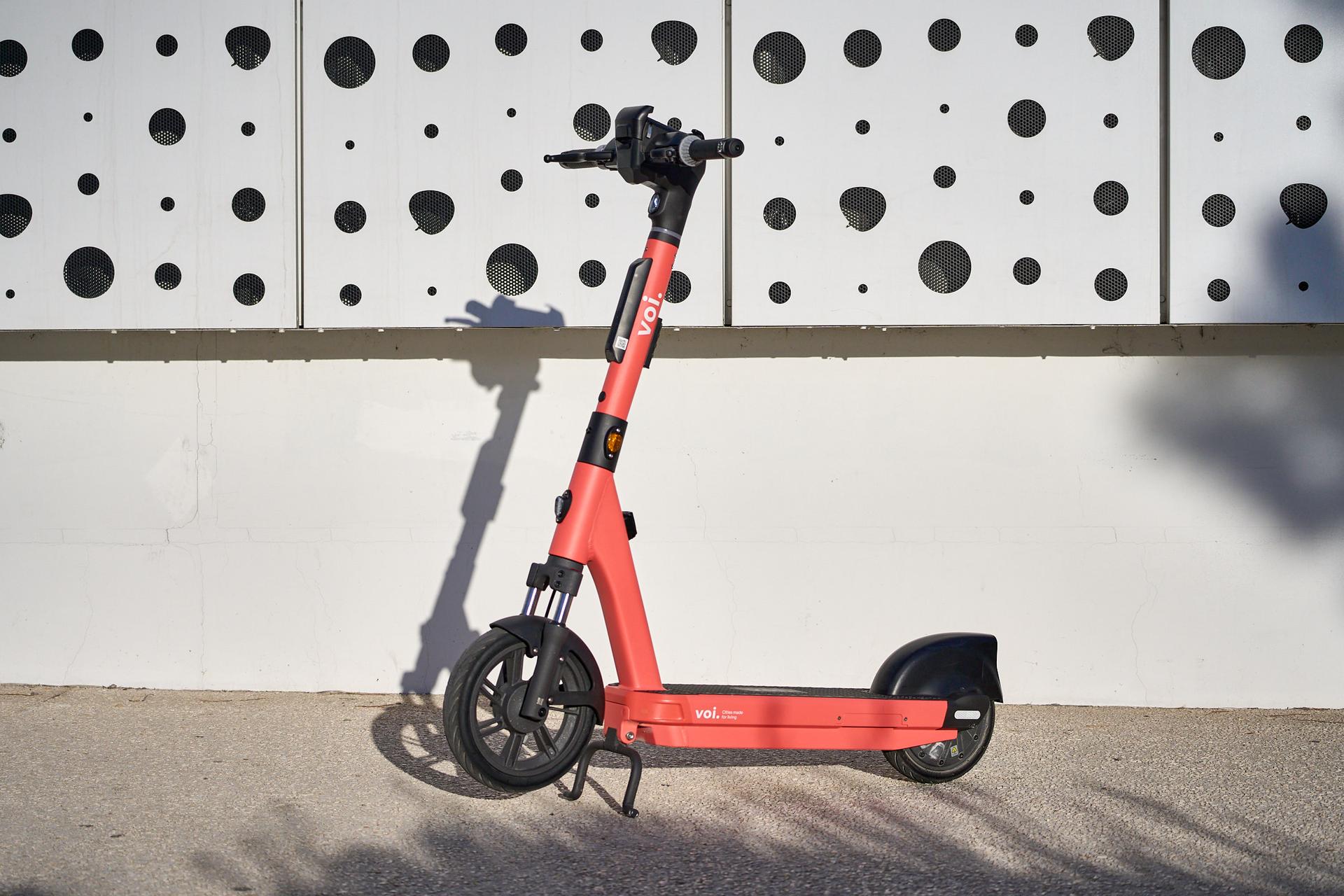Voi hosts its first webinar on sustainable mobility
May 5, 2020

The interest for sustainable mobility was huge, as we welcomed 100+ participants to our first-ever Sustainable Mobility Webinar last week. As traveling restrictions across Europe made it hard for us to go out and meet partners in our cities – we decided to address them virtually with a series of webinars.
The first webinar was dedicated to presenting a Life Cycle Assessment (LCA) conducted independently by EY over the past months, using data from Voi’s Paris operations to evaluate the emissions of our service and determine our environmental footprint.
The report “How micromobility is moving cities into a sustainable future” is based on the first LCA made publicly available, using primary data from a European scooter operator as well as insights from city officials across Europe. The LCA offers insights into the main drivers of CO2 enabling effective reduction efforts.
Key takeaways of the LCA
Rapid improvement in the e-scooter space
First Life Cycle Assessment published by an operator shows that sustainability initiatives implemented by Voi have enabled a 71% CO2 emission reduction over a 15 month period
Insights into the environmental performance of e-scooters can help cities make evidence-based policies that unlock their benefits for citizens and the planet
Swappable battery magic
Our latest scooter, the Voiager 3, features swappable batteries – a sustainability and operational gamechanger for the industry. This model enables a 93% reduction in operational CO2 emissions and 50% overall reduction or the service, resulting in 35 g CO2 per person-km in Paris. The drivers of the reduction are :
Operations: batteries are now swapped on the spot, rather than transporting the entire scooter to and from the city to be charged. This enables a reduction in daily transport load and for bikes to perform 80% of in-field tasks, significantly reducing our energy consumption during operations
Hardware: The Voiager 3 has a customised design, with reinforced components and durable materials subject to rigorous testing. This extends the average operational lifespan to an estimated 24 months
Utilisation: as down time for charging is minimised and repairs are less frequent, the same scooter can unlock more sustainable rides for users
To share a broader perspective we invited EY’s Leader of Mobility John Simlett to join us and share his perspective on micromobility today, the impact COVID-19 has and will have in the long term.
We also invited our friends from the Polis Network for cities to comment on the findings of the conducted LCA, and to share their opinion as well as policy recommendations that could be developed out of these findings for the future. Pedro Homem de Gouveia generously shared his advice, directed to both cities and operators enabling modal shift, not only comparing it to cars but developing a more versatile urban transportation system that welcomes e-scooters and offers citizens to replace going by car naturally instead of enforcing it. His conclusion is that cities and public transport operators should engage and cooperate with micromobility operators more actively, and also look into suburbs together. By making suburbs more attractive for private operators the likelihood of achieving real modal shift in the urban transportation system will increase, offering solutions for the first- and last mile transportation in suburban areas.
And finally, we are already planning for our second webinar on sustainable mobility talking about “How to succeed with the last mile?” Invites will be sent out shortly.


